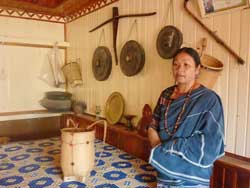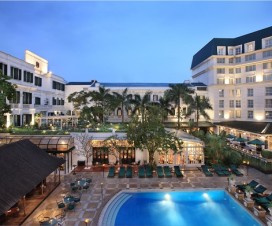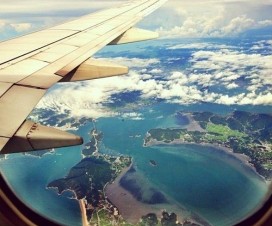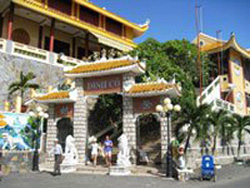Co-ordinated efforts by the Government, local and tourism authorities, and the travel industry are needed to develop a strong brand for Vietnamese coastal tourism, experts have said.
“A development strategy for developing a brand should be drafted and supported by the Government and tourism associations,” Dr Nguyen Van Luu, deputy head of the Ministry of Culture, Sports and Tourism’s Training Department, told a seminar in Mui Ne last week.
The seminar, on developing coastal tourism, was held under the aegis of the four-day International Sailing festival in Binh Thuan Province which closed on 20th March.
Tourism authorities and companies should focus on the country’s typical and most attractive features – like safety, friendliness, and hospitality – to create the brand, Luu said.
To strengthen that brand, good tourism products should be created.
Dr Nguyen Anh Tuan of the Viet Nam National Administration of Tourism, in a presentation that was distributed to delegates, said Viet Nam remained relatively undiscovered by global tourists, which is a strong point.
“It has advantages like picturesque bays, long and beautiful beaches, and unexplored islands and caves,” he said.
He suggested five sub-brands based on an area’s attractions: Sea-landscape for Halong Bay, relaxation and cultural heritage (Hue, Hoi an, My Son), long stay and relaxation by the sea in the central region, sea sports in Nha Trang and Mui Ne, and sea-island exploration in Phu Quoc and Con Dao.
In doing so, localities should focus on competitive tourism products and invest in key projects like high-end resorts while preserving natural landscapes, several participants said.
It was necessary to develop wharves for tourist boats and sea routes to meet tourists’ needs.
Dr Vo Sang Xuan Lan, head of Van Lang University’s tourism faculty, also in a presentation that was distributed, said the sea tourism brand should factor in destinations, service providers and culture, including folk culture, the habits, customs and nature of people.
He cited the example of Hoi An, which has become a popular tourist destination due to the preservation of the ancient town and its people, who are fully aware of their role in welcoming visitors and conserving the environment and their heritage.
Ngo Minh Chinh, director of Binh Thuan’s Department of Culture, Sports and Tourism, suggested that major events like yacht races and surfing and beauty contests should be organised to promote coastal and island tourism.
Viet Nam as a destination for tourism, especially coastal tourism, is still not very popular, figures from the ASEAN Travel Forum 2010 show. Last year Malaysia attracted more than 18 million international visitors, Thailand received almost 16 million, Singapore was third with 10.5 million, and Indonesia welcomed 7 million.
Viet Nam ranked fifth with more than 5 million arrivals above the Philippines, Cambodia, Laos, Myanmar and Brunei, the remaining ASEAN members.
Viet Nam has a coastline of more than 3,200km and thousands of islands. It has famous bays like world heritage Ha Long, Lang Co beach and Nha Trang.
Non Nuoc beach in Danang and Bai Dai in Phu Quoc Island are among the world’s most beautiful beaches.
The country also has spectacular caves, including Phong Nha and Son Mong (newly discovered) in the Phong Nha-Ke Bang National Park.
VietNamNet/Viet Nam News




